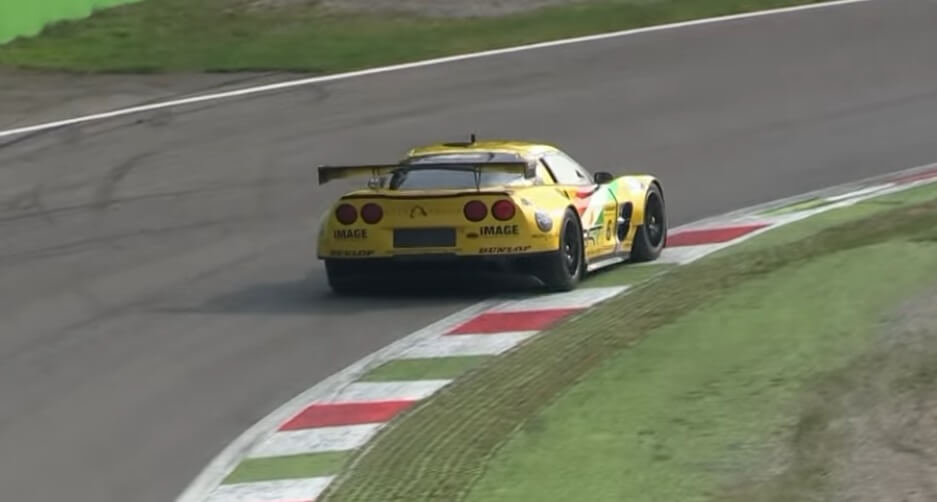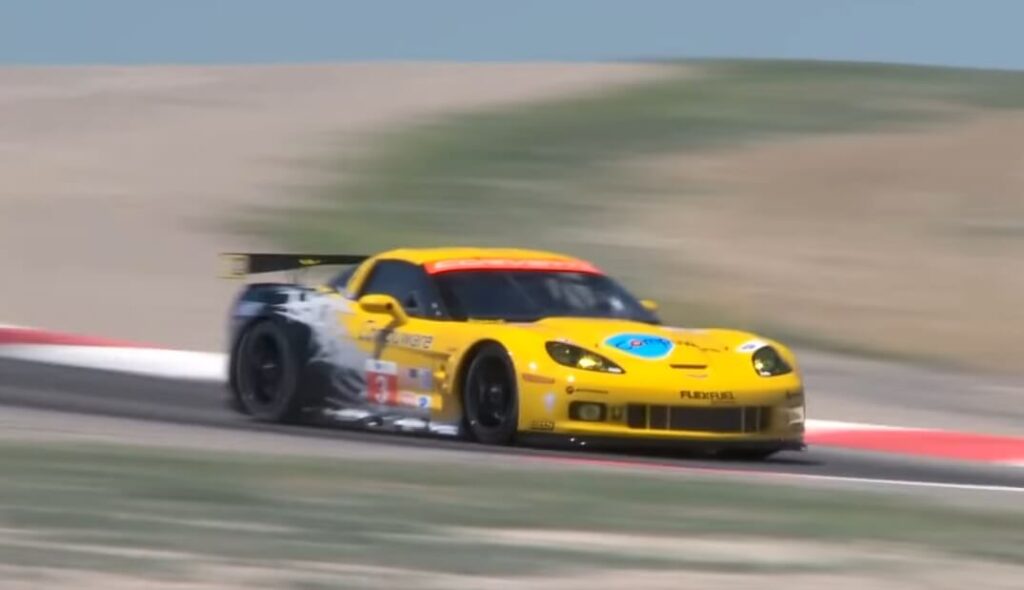I am thrilled to talk about the incredible Chevrolet Corvette C6.R. The C6.R was developed by Pratt & Miller and used by Corvette Racing to compete in the American Le Mans Series and the 24 Hours of Le Mans. The car was created to compete in the GTS class which was renamed GT1 in 2005. A new variant was later built in 2009 for the GT2 class, due to the lack of competition in GT1. The C6.R was designed to build upon the successes of the previous C5-R, and after a year of testing, it was officially unveiled at the North American International Auto Show in 2005. General Motors Vice Chairman Bob Lutz introduced the C6.R with Corvette Racing driver Ron Fellows pulling it onto the stage.

The Development of the Chevrolet Corvette C6.R
Pratt & Miller, the developers of the C6.R, had a significant role in the development of the Corvette C6. They requested specific design features for the car, such as a front-mounted radiator grille, fixed, exposed headlights, and better aerodynamics. Unlike the C5-R, they didn’t have to make modifications to the new design of the C6. The C6.R was designed to resemble the Z06 performance model Corvette, with a wider and more square front grille, faux scoop, wider fenders, and fake quarter panel brake ducts to resemble the ones found on the Z06.
The C6.R was built upon the same hydroformed steel frame rails that came off the assembly line at the Corvette plant in Bowling Green, Kentucky. The production Corvette was constructed with a shorter overall length but a longer wheelbase, which created better stability and handling. The aerodynamics of the Chevrolet Corvette C6.R was improved upon from the C5-R. Through a combination of CFD studies and on-track testing, the C6.R featured an aerodynamically balanced package that worked well in conjunction with the aero package of the rear wing, front splitter, and rear diffuser. This resulted in a better lift-to-drag ratio than the previous C5-R.

The Beast Under the Hood of this Corvette
Under the hood of the Chevrolet Corvette C6.R was the LS7.R motor, developed by Katech. The seven-liter small-block V8 featured CNC ported cylinder heads, titanium valves and connecting rods, a forged steel crankshaft, and plate-honed cylinder bores. The LS7.R would become one of the most successful race engines, collecting multiple awards. The FIA changed the rules of the GTS class in 2005, requiring a greater portion of the original factory structure to be used in the construction of the race car. This forced Pratt & Miller to construct the C6.R using large portions of the factory C6 Corvette uniframe for the primary structure.

The Chevrolet Corvette C6.R a Success Story
The Chevrolet Corvette C6.R was an outstanding race car that continued the successes of its predecessor, the C5-R. It was designed with improved aerodynamics and used the new LS7.R motor, making it one of the most technically advanced sports cars ever built by General Motors in association with Pratt & Miller. The C6.R was a significant achievement for Corvette Racing, and as a Corvette owner, it makes me proud to know that my car has such a successful racing counterpart.


